April 6, 2025 – Vietnam’s top leader, To Lam, has formally requested that President Trump delay the imposition of new tariffs for at least 45 days in an attempt to reach a negotiated resolution. The proposed tariffs, which would increase to 46 percent, are viewed as potentially devastating to Vietnam’s economy and could result in higher costs for American consumers.
In a letter dated April 5, Mr. Lam outlined his request for discussions between U.S. and Vietnamese representatives. He suggested that a U.S. official be appointed to lead the talks with Vietnamese Deputy Prime Minister Ho Duc Phoc, with the goal of reaching a swift resolution. The letter also included an offer from Vietnam to reduce tariffs on U.S. imports to zero, urging a reciprocal reduction from the U.S. side.
Mr. Lam’s outreach follows his phone call to President Trump shortly after the tariffs were announced, during which he proposed the tariff reduction. Vietnam’s average tariff on U.S. imports currently stands at 9.4 percent.
Economists have warned that the proposed tariffs would disproportionately affect Vietnam, with some projections suggesting a potential 5.5 percent reduction in the country’s GDP if the tariffs are enforced. The United States is Vietnam’s largest export market, representing about 30 percent of the country’s total exports. Vietnam’s role in the global manufacturing supply chain, particularly in industries such as apparel and footwear, further complicates the issue, as U.S. consumers may face higher prices as a result of the tariffs.
The economic relationship between Vietnam and the United States has been a topic of significant focus in recent years, with Vietnam becoming an important player in the global manufacturing market. The country has benefited from a shift in production away from China, especially after U.S. tariffs on Chinese goods during Trump’s first term. This shift has led to Vietnam’s rise as a key production hub for brands like Nike, Adidas, and Lululemon.
Vietnam’s quick offer to eliminate tariffs highlights concerns that foreign manufacturers might consider relocating to China if the tariffs are implemented. The situation has also raised doubts within Vietnam about the reliability of the U.S. as a strategic partner, despite growing diplomatic ties between the two countries in recent years.
Since 2023, the U.S. has emphasized its strategic relationship with Vietnam, particularly as both countries face China’s growing assertiveness in the region. Vietnam’s geographic location and stance on issues like the South China Sea have made it a key partner for the U.S. in efforts to counter China’s regional influence.
The announcement of tariffs comes at a delicate time for Mr. Lam, who is focused on securing strong economic performance ahead of next year’s party congress, where Vietnam’s top leaders will be selected. Vietnam is aiming for an 8 percent GDP growth rate as part of its long-term goal to achieve middle-income status.
In the face of the tariff threat, Vietnam had already taken steps to strengthen its ties with the U.S., including agreements to import U.S. liquefied natural gas, reduce some tariffs on American goods, and permit SpaceX to open a satellite internet service in the country. Additionally, the Trump Organization is involved in a major real estate development project in Mr. Lam’s home province.
Stay informed with supply chain news on The Supply Chain Report. Learn more about international trade at ADAMftd.com.
#VietnamTariffReduction #USTradeRelations #EconomicImpact #TariffPolicy #GlobalTrade #VietnamEconomy #TradeNegotiations

















